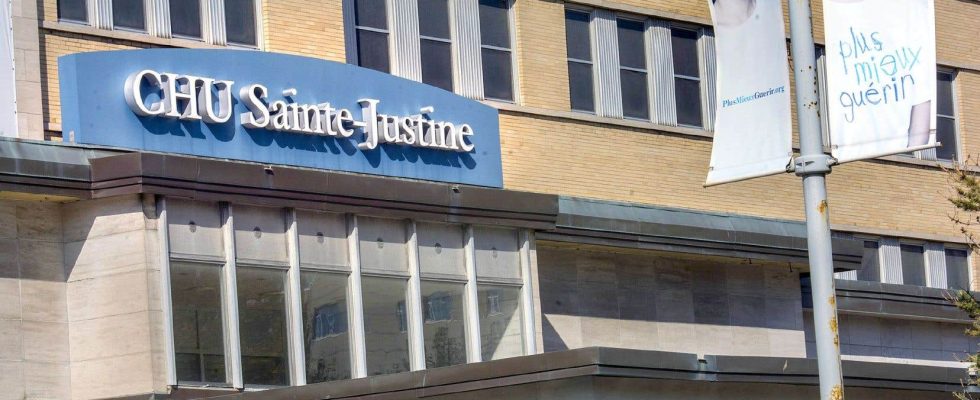Quebec reactivates its crisis unit to relieve overflowing emergencies. A meeting will take place on Monday, says the president of the Association of Specialists in Emergency Medicine, Dr Gilbert Boucher, who is one of them. For about a month, several hospital emergencies have been facing stretcher occupancy rates of 200%. An “untenable” situation, according to the Dr Butcher.
Again on Wednesday, the Suroît hospital, located in Salaberry-de-Valleyfield, recorded a stretcher occupancy rate of 225% in the afternoon. This percentage was 219% at the Verdun hospital, 208% at the Jewish General Hospital and the Montreal Children’s Hospital, and 200% at the Pierre — Le Gardeur hospital and the Mont -Laurel. Anna-Laberge Hospital, where two patients died in the emergency room last week without having seen doctors, did a little better: 181%.
“We have to tackle the problem,” said Dr.r Butcher. At 200%, triage nurses have impossible decisions to make. When we talk about 5 to 11 p.m. to see P3 patients [priorité 3, c’est-à-dire considérés comme urgents] when they should be seen in 30 minutes, it is extremely stressful for them. »
The Dr Boucher hopes that the reactivation of the crisis unit will make it possible to implement the solutions developed last year. Many establishments are still slow to put them in place, he laments. “Just to have the ministry saying [aux hôpitaux] “do this, do that”, it doesn’t work. We need to work together to find solutions so that this can be implemented. »
In the office of the Minister of Health, Christian Dubé, it is indicated that the crisis unit had already been made permanent. The new “access coordinator”, Michel Delamarre, therefore “continues” his meetings. “He was also on the ground near the Anna-Laberge Hospital today,” it says.
Minister Christian Dubé and the Minister responsible for Seniors, Sonia Bélanger, announced yesterday 200 new places in CHSLDs and intermediate resources to accommodate patients who are hospitalized but no longer require acute care. Another batch of 300 places must be the subject of a call for tenders from residences for the elderly. The objective? Free up hospital beds to reduce pressure on emergencies.
Quebec also invites citizens with non-urgent health problems to contact their family doctor, their pharmacist or the 811 telephone line.
Pediatric emergencies are overflowing
This is also what Montreal pediatric hospitals recommended during a press briefing Wednesday morning. They ask parents to avoid their emergency if their child’s condition does not require immediate care.
In recent weeks, 58% of patients who presented to the emergency department of the Montreal Children’s Hospital (MCH) had a minor health problem. This percentage was 37% at the Sainte-Justine University Hospital Center (CHU).
Faced with an increase in respiratory infections and anticipating an increase in cases of influenza, the doctors responsible for the two pediatric emergencies reminded that a visit to the emergency room is not necessary when a child has mild flu symptoms, the gastroenteritis and fever, which usually last between three and five days.
“Priority is given to very sick children,” says the medical director of the MCH emergency room, Dr.D Laurie Plotnick. This means that the other children will wait a very long time. »
Many parents come to the emergency room with their child due to a fever, said the medical head of the emergency room at CHU Sainte-Justine, Dr.r Antonio D’Angelo. “There is a lot of fear about fever,” he notes. Fever is however “not in itself dangerous”, he emphasizes, specifying that hydration is important. “A child can confront fever, and even must confront fever to develop his immune system,” he explains.
A medical consultation is required when the fever “lasts too long” and causes “lethargy” in the child, said the Dr D’Angelo. Parents can contact their child’s family doctor, the 811 line or walk-in clinics when the fever lasts more than three days.
The Dr D’Angelo said he hopes medical clinics will open their doors during the holiday season to reduce pressure on emergency rooms.
From November 17 to 1er December, the average stretcher occupancy rate was 157.5% at HME and 172.13% at CHU Sainte-Justine. Children in particular had to be hospitalized for bronchiolitis or pneumonia.
